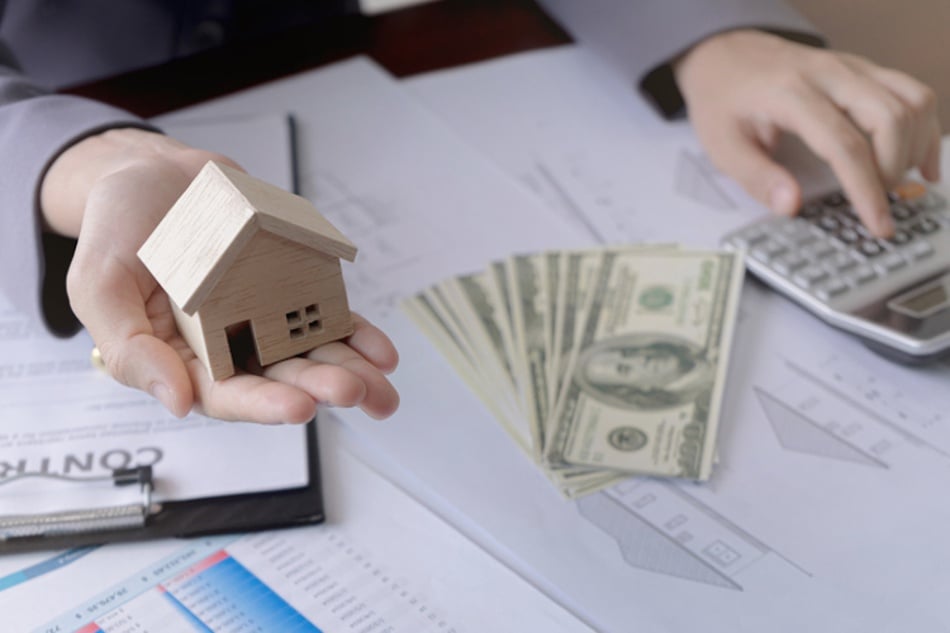They say that cash is king, and leverage is a tool that many real estate investors use in the hope of increasing cash returns. While the term “under leveraged” may sound negative, that isn’t necessarily the case.
In this article, we’ll discuss how leverage in real estate works, and how it affects cash-on-cash returns, to help better answer the question of whether being under leveraged is good or bad.
Key takeaways
- Leverage is used by real estate investors to purchase rental property using other people’s money.
- “Under leveraged” is a term used to describe a situation when an investor has a large amount of equity compared to debt.
- A risk-averse investor may prefer to be under leveraged, having more equity in the property.
- Although it may seem counterintuitive, some investors willing to accept more risk use maximum leverage to increase potential cash-on-cash returns.
What is leverage in real estate?
Leverage is a technique investors use to acquire an asset by using debt rather than equity.
In real estate, under leveraged means having a disproportionate ratio of equity to debt. Loan-to-value (LTV) is another way of thinking about leverage in real estate, because the LTV ratio is calculated by dividing the loan amount by the value of the property.
For example, an investor who owns a rental property “free and clear” can be described as being under leveraged – or in this case having a 0% LTV - because there is no debt. On the other hand, a borrower who obtains 100% financing can be described as being over leveraged – or having an LTV of 100% - because there is no existing equity in the property when the loan is obtained.

How leverage in real estate works
One of the benefits of investing in real estate is using leverage to acquire control of the property by using a combination of equity in the form of a down payment and leverage in the form of a rental property loan.
The rationale behind using leverage is that an investor may be able to increase returns by using other people’s money without having to tie up a large amount of the investor’s own capital.
We’ll use the cash-on-cash return metric to illustrate how leverage in real estate works.
Cash-on-cash return is a quick and easy real estate financial calculation used to measure the percentage of cash received compared to the total cash invested. The concept is similar to putting money into a savings account and receiving interest.
If an investor deposits $100,000 with the bank and receives an annual interest rate of one-half of one percent (0.5%), the annual pre-tax cash received from the interest payment is $500 and the cash-on-cash return is 0.5%:
- Cash-on-Cash Return = Annual Pre-Tax Cash Flow / Total Cash Invested
- $500 annual pre-tax cash flow / $100,000 total cash invested = .005 or 0.5%
Now let’s look at three potential cash-on-cash returns from a rental property using different amounts of leverage.
For the purposes of the following examples, we’ll assume the property has a market value of $100,000, the gross annual rental income is $12,000 per year, and the annual operating expenses equal 40% of the gross rental income (excluding the mortgage principal and interest payment).
0% leverage
An investor paying all cash for the $100,000 property has no leverage, but also a lower return from the cash invested.
The operating expenses are calculated by multiplying the annual gross rental income by 40%, and the pre-tax cash flow is calculated by subtracting the operating expenses from the gross rental income:
- $12,000 annual gross rental income x 40% = $4,800 operating expenses
- Pre-tax cash flow = $12,000 gross rental income - $4,800 operating expenses = $7,200
- Cash-on-cash return = $7,200 pre-tax cash flow / $100,000 total cash invested = 7.2%
The return of 7.2% is better than putting the same amount of money into a low interest savings account, but not as good as it might be by using leverage.
50% leverage
In this example, we’ll assume an investor makes a 50% down payment of $50,000. The operating expenses remain the same, but the pre-tax cash flow is reduced because of annual mortgage payment of $2,900, principal and interest.
Although it may see counterintuitive, an investor can increase the cash-on-cash return by making a down payment and financing the rest of the purchase with a new first loan:
- Pre-tax cash flow = $12,000 gross rental income - $4,800 operating expenses - $2,900 mortgage payment = $4,300
- Cash-on-cash return = $4,300 pre-tax cash flow / $50,000 total cash invested (down payment) = 8.6%
The investor in this example has increased the potential cash-on-cash return by 1.5% (7.2% vs. 8.6%) by using 50% equity and 50% leverage.
75% leverage
Most banks allow a maximum LTV of 75% on a rental property loan, which means investors need to make a down payment of at least 25% of the property value. Lenders may require a larger down payment than 25% based on factors such as the borrower’s credit score and the type of rental property being financed.
In this example, we’ll assume our investor obtains an investment property loan using the maximum allowable amount of leverage and minimum allowable down payment. Note that the cash-on-cash return increases, even though the mortgage payment amount goes up and the pre-tax cash flow goes down:
- Pre-tax cash flow = $12,000 gross rental income - $4,800 operating expenses - $4,400 mortgage payment = $2,800
- Cash-on-cash return = $2,800 pre-tax cash flow / $25,000 total cash invested (down payment) = 11.2%
By not being under leveraged, the investor in this example is able to significantly increase the potential cash-on-cash return generated by the rental property:
- No leverage = 7.2% cash-on-cash return
- Under leveraged = 8.6% cash-on-cash return with 50% leverage
- Maximum allowable leverage = 11.2% cash-on-cash return with 75% leverage

How to get leverage in real estate
In order to leverage real estate, an investor has to have access to other people’s money to finance the purchase of a rental property. Common sources for rental property loans include:
- Banks and credit unions.
- Mortgage brokers who have access to a variety of loan programs.
- Private money lenders who invest in real estate debt rather than equity.
- Fellow investors who pool their capital by forming a partnership or a limited liability company (LLC) to invest in real estate.
While every lender has different terms and conditions, investors generally must have a credit score of 620 or higher, a maximum debt-to-income (DTI) ratio of 36%, and cash reserves to cover up to 6 months of mortgage payments.
Lenders making rental property loans also normally require a down payment of 25% or more based on the property type and borrower credit, and charge slightly higher interest rates and loan fees to help compensate the lender for the additional risk.
Is it good to be under leveraged?
The idea of whether being under leveraged is good or bad partly depends on an individual investor’s tolerance for risk. By being under leveraged and having more equity in the property, an investor has more margin for error if pre-tax cash flow is lower than anticipated or property values decline.
For example, during the Global Financial Crisis of 2007 – 2009, the median sales price of houses sold decreased by nearly 20%, according to the Federal Reserve. An investor with 75% leverage could have seen nearly all of the equity in the home wiped out, while an under leveraged investor may still have had a significant amount of equity in the property.
However, being under leveraged may also mean leaving money on the table. In the above examples, an investor using 50% leverage earns a cash-on-cash return of 8.6% versus an 11.2% cash-on-cash return when using 75% leverage.
Investors with a lower risk tolerance may be alright with potentially losing a few percentage points in return in exchange for having more equity in the property. On the other hand, investors willing to accept more risk in exchange for more potential return may opt to conservatively increase leverage with the aim of generating a higher level of return.
Wrapping up
Using leverage to purchase a rental property may help to increase overall returns, generate more cash to re-invest, and grow a real estate portfolio faster.
Some investors prefer to be under leveraged by having more equity in a property, in exchange for having a lower monthly mortgage payment and more cash flow. Other investors choose to use as much leverage as possible in order to increase potential return ratios.
Before using any type of leverage, investors may want to consider whether leverage is being used wisely, and the potential risk versus reward. Using too much leverage may create problems for an investor if the real estate market changes, while under leveraged investors may find themselves leaving money on the table.









